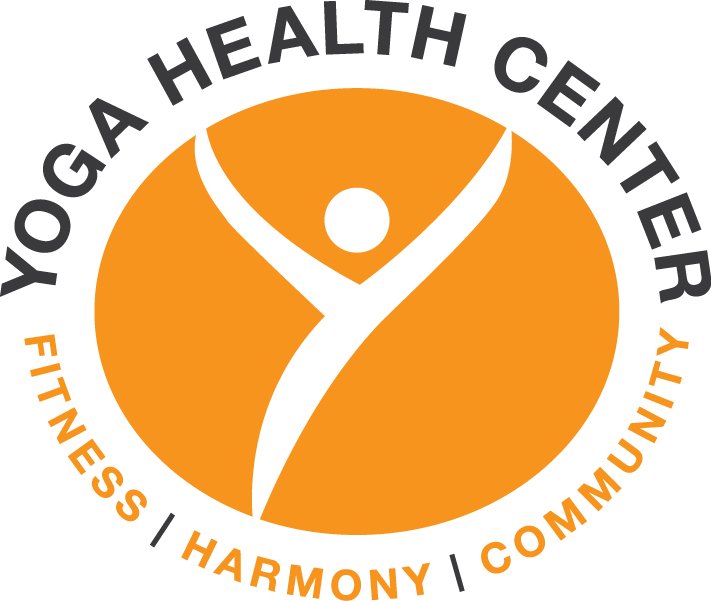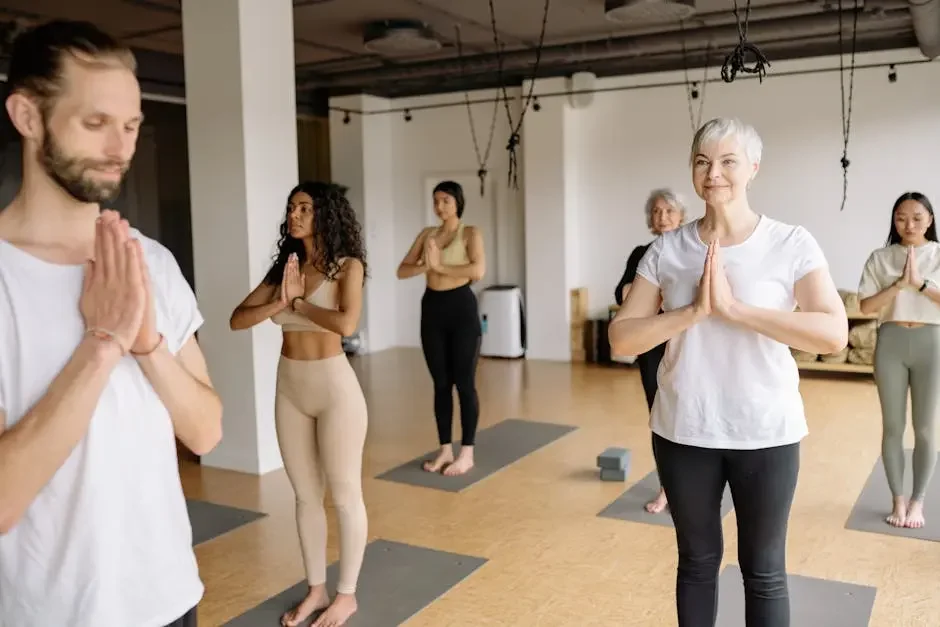What Are the Key Yoga Fundamentals for Every Practitioner?
Yoga is more than just a physical practice; it encompasses a way of living that promotes well-being and mindfulness. Understanding the key fundamentals of yoga can help practitioners of all levels enhance their experience on the mat and in daily life. In this FAQ, we'll break down the essential elements that every yoga practitioner should know.
Understanding the Eight Limbs of Yoga
The Eight Limbs of Yoga, outlined by Patanjali, form the foundation of yoga philosophy. They include ethical guidelines, physical postures, breath control, and meditation practices.
Each limb serves a unique purpose. For instance, the first two limbs—Yama and Niyama—focus on our ethical obligations toward others and ourselves. These principles set the tone for a compassionate and honest approach to life.
The physical aspects of yoga, such as Asana (postures), come next, allowing us to build strength and flexibility. This progression illustrates the holistic nature of yoga—it's not just about the body but also about the mind and spirit.
Understanding these eight limbs equips practitioners with a roadmap for their yoga journey. Each limb supports the others, emphasizing the interconnectedness of our physical, mental, and spiritual health.
Mastering Breath Control (Pranayama)
Breath control, or pranayama, is crucial for enhancing the mind-body connection. Learning how to regulate your breath can improve focus, calmness, and energy levels.
Pranayama techniques vary from simple to complex, making them accessible to practitioners at all levels. For beginners, starting with basic diaphragmatic breathing can yield immediate benefits, such as reducing anxiety and increasing relaxation.
As you become more comfortable with pranayama, you can explore techniques like Nadi Shodhana (alternate nostril breathing) to harmonize energy flow. This practice can significantly enhance your meditation sessions, allowing for greater clarity and depth.
Ultimately, mastering breath control is about being aware of your breath and its profound impact on your overall well-being. The breath is a bridge between the mind and body, making pranayama an indispensable tool in your yoga practice.
Cultivating Mindfulness and Awareness
Mindfulness is a key component of yoga that involves being present in the moment. Practicing mindfulness during your yoga sessions can lead to greater self-awareness and emotional balance.
This practice can be as simple as paying attention to your breath or fully experiencing the sensations in your body as you move through poses. The beauty of mindfulness lies in its ability to ground you, helping to quiet the chatter of daily life.
Engaging in mindful yoga helps to reduce stress and promotes a state of calm amidst the chaos. This balance can transform your practice, leading not just to physical benefits but also to improved mental clarity.
The more you develop your mindfulness skills on the mat, the easier it becomes to carry this awareness into everyday situations. In essence, yoga teaches you how to merge practice with daily life, fostering a more mindful lifestyle.
Focusing on Alignment and Safety
Proper alignment in yoga poses is essential for preventing injuries and maximizing benefits. Understanding the principles of alignment will help you build a safe and effective practice.
As you delve into the mechanics of each pose, pay close attention to your body. Ensuring that your joints are stacked correctly and your muscles are engaged not only enhances your stability but also deepens your experience.
If you're practicing alone, consider using mirrors or recording your sessions to evaluate your alignment. Alternatively, investing in classes with knowledgeable instructors can provide assistance in refining your practice.
By prioritizing alignment, you not only protect yourself from injuries, but you also cultivate a mindfulness that can carry over into other aspects of life—teaching you how to listen more closely to your body and its needs.
Integrating Meditation and Stillness
Meditation is a vital aspect of yoga that fosters inner peace and clarity. Incorporating meditation into your routine can enhance your overall well-being and deepen your yoga practice.
Even a few minutes of meditation can bring profound benefits, such as improved concentration and reduced stress levels. Experiment with different techniques—guided meditations, mindfulness practices, or simple breath awareness to discover what resonates with you.
Creating a quiet space for meditation within your home can encourage you to establish a consistent practice. Whether you sit on a cushion or lie down, make sure your environment feels inviting and calming.
Incorporating stillness into your yoga sessions can also amplify the benefits of both practices. Pausing to reflect or simply being present in the moment allows for a deeper connection with yourself and your practice as a whole.
Wrapping Up Your Yoga Journey
By incorporating these key yoga fundamentals into your practice, you will create a strong foundation that not only enhances your physical abilities but also deepens your understanding of yoga as a holistic practice. Remember, yoga is a journey, and each step you take on this path is valuable.


